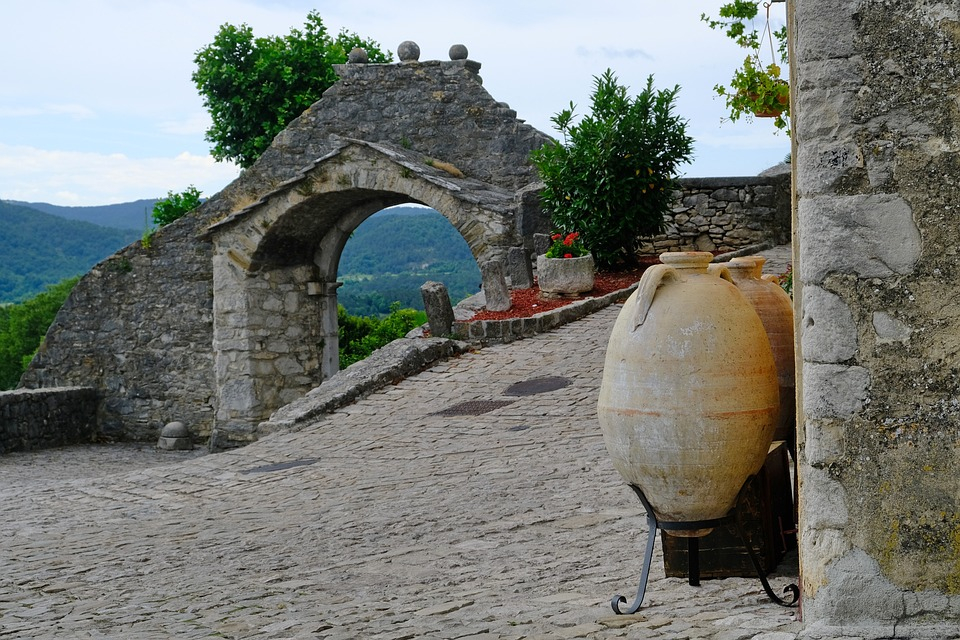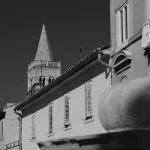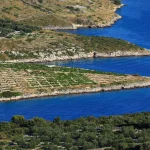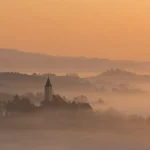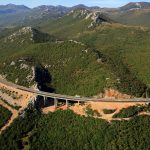We’ve explored many of the dialects, subdialects and indeed languages in their own right as some linguists consider them to be which are spoken across modern Croatia. From the Dubrovnik subdialect (Ragusan) in the extreme south of Dalmatia to Northwestern Kajkavian in areas like Zagorje, the ways in which people speak in this country deviate from what we know as standard Croatian language enormously. That goes without even mentioning much about old Dalmatian, Zaratin, once widely spoken in and around Zadar, Istriot, or Istro-Venetian.
The Buzet dialect is just one of a multitude of dialects and subdialects spoken in and around the region of the Istrian peninsula, which was dominated by Italian for a very long time owing to the formerly powerful Venice. Contrary to popular belief (and what the bilinguial signs across Istria might have you believe), there is far more than just Italian spoken alongside standard Croatian in this part of the country. Istro-Venetian, Istriot, Istrian-Albanian (now extinct), Istro-Romanian… the list goes on. All of these dialects, which some linguists consider to be languages in their own right, showcase the sheer amount of culture and foreign influence that has come and gone in Istria throughout the many centuries gone by, and as you can see – it stretches far beyond the realms of Italian and the former Venetian Empire.
A brief history of the Buzet dialect
The Buzet dialect, a dialect of the much more widely spread Chakavian, is particularly interesting as it is believed to represent the transition of Chakavian towards the dialects spoken nearby, just across the border in neighbouring Slovenia. It is precisely this linguistic relationship which provides the Buzet dialect with (in many cases) very obvious Chakavian-Kajkavian dialectological features.
Owing to the presence of these transitional features of Kajkavian (and not only Chakavian), which actually represent a transitional line between the Chakavian and several Slovenian dialects, numerous linguists once thought that this separate part of the Kajkavian dialect had found itself in the northern part of Istria and in Buzet from the wider region of Gorski kotar. It was even considered to be a marginal Slovenian dialect in the past. This is now deemed to have been a mistake made by the Slovenian linguist Fran Ramovs.
Who was Fran Ramovs?
Born in the Slovenian capital city of Ljubljana, this prominent linguist studied and explored the various dialects of the Slovenian language in Vienna.
Where is the Buzet dialect spoken?
Well, the name likely gives it away. It is spoken in and around the area of Buzet, but it spreads considerably across the northern part of Istria as well.
The background of this dialect now considered to undoubtedly be Chakavian, there are still some features that make it stand out it from the rest of the Chakavian dialects spoken in the modern day, and one of those features are its consonants and how they’ve developed. Delving a little deeper, even the Buzet dialect, which is a dialect of Chakavian (which was also once considered a dialect!) can be divided into two separate subdialects; the southeastern subdialect, which is an apparent transition towards North Chakavian, and then the rest of it which is more widely spoken and which doesn’t show as many North Chakavian transition points.
In the wider division of Chakavian into its northwestern and southeastern dialects, the Buzet dialect is considered to be northwestern.
For more on the Croatian language, from its dialects, subdialects, history and even learning to swear, make sure to follow our dedicated lifestyle section. An article on language is published every Monday.

